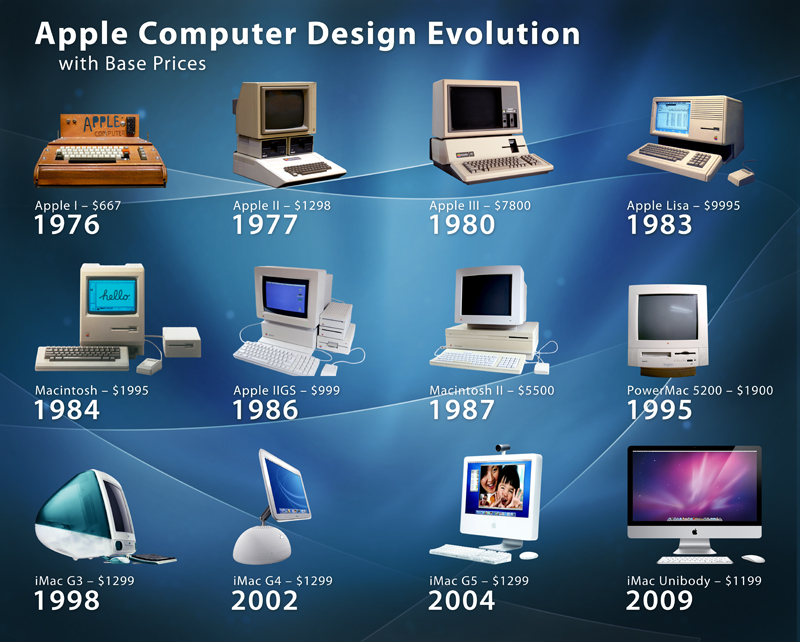First Generation (1939-1954) – vacuum tube.
The first generation of computers were innovated from 1939 to 1954 and was extremely large in size which were commonly termed as super computers since one server connected to very many several servers. These machines required magnetic drums for memory and vacuum tubes that worked as switches and amplifiers. the vacuum tubes were mainly responsible for the large size of the machines and the massive amounts of heat that they released since they consumed alot of power, they produced so much heat that they often overheated despite large cooling unitsThey also used a very basic programming language known as machine language.
Second Generation Computers (1954 -1959) – transistor.
Hear computers managed to do away with vacuum tubes in relay of transistors, this helped them to consume less electricity and produce less heat. They were significantly faster than the first generation computers in terms of speed and use. They were also smaller in size. Transistor computers also developed core memory that they used with magnetic storage.
Third Generation Computers (1959 -1971) – integrated circuit.
Third generation computers were significantly changed in terms of speed, courtesy of integrated circuits or semiconductor chips, which had large numbers of miniature transistors packed on silicon chips. This increased the speed of computers and also became smaller, more powerful, and less expensive. In addition, instead of the punch cards and the printouts of previous generations, keyboards and monitors allowed people to interact with the computers themselves.
Fourth Generation (1971-Present) – microprocessor.
During this time of error technology developed to a point where manufacturers placed millions of transistors on a single circuit chip which was referred to as monolithic integrated circuit technology. This invention led to the development of the personal computer industries. Personal computers like the Altair 8800 were available to the public in the form of kits and required assembly. later in 1970s and early 80s assembled personal computers for home use, like the Commodore Pet, Apple II and the first IBM computer, were m into the market. They had ability to create networks which eventually led to the Internet in the early 1990s. There was creation of smaller computers such as laptops and hand-held devices, Graphical user interface (GUI) was also invented. Computer memory and storage went through great improvements, with an increase in storage capacity and speed.
Fifth Generation (Present and Beyond).
This is the generation we are now in and has impacted on our lives a lot. Computers such as screen touch computers, wireless computers have been invented. through this generation, computers have become smaller in size, they consume less electricity, they are a bit cheaper compared to computers in previous generations and they are also very portable in that they are moved from one place to another. During this generation, World-Wide Web (WWW) was developed by Tim Berners-Lee and released by CERN, internet developed with social media platforms such as facebook, twitter,Youtube and whatsapp that have made our lives simpler and easy hence leaving many of us become so lazy.
Prediction of the future computers.
Computers continue to develop into advanced forms of technology each and everyday, the sixth generation computing has yet to be truly defined, since there are numerous paths that technology is taking towards the future of computer development. For instance, research is ongoing in the fields of nanotechnology, artificial intelligence, as well as quantum computation. so the world wont be amused by these great developments in technology in the years to come.

